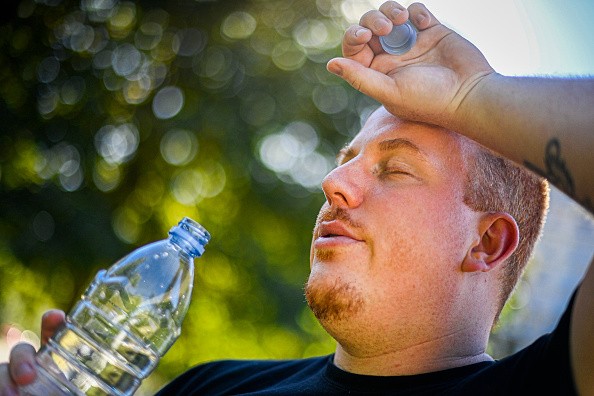In a new study, researchers found that adults between the ages of 18 and 64 were more likely to go to the ER on days of extreme heat than adults over the age of 75.

Individuals Prone to Complications From Extreme Heat
According to a new study led by researchers at Boston University School of Public Health (BUSPH), extreme heat-related health complications appear to be more prevalent among young and middle-aged US adults than older adults.
The research, which was published in The British Medical Journal, studied the link between severe temperatures and emergency department (ED) visits.
Prior research on the health effects of heat on the elderly has mainly focused on mortality or hospital admissions, according to SciTechDaily.
When it comes to extreme heat, there has never been a national study that has looked at how heat affects adults of every age, and this study is the first to look at how heat affects all adults.
The data used in the study was provided by OptumLabs, a collaborative research and innovation center. More than 200 million commercial and Medicare Advantage enrollees and patients are included in this database, which includes de-identified, longitudinal health information, including medical and pharmacy claims, laboratory results, and enrollment records.
A total of 74 million adults were involved in the study, which included over 22 million emergency department visits. There was a 66% increase in the number of ED visits for heat-related illness and a 30% increase in the number of ED visits for renal disease on hot days, compared to days when the temperature was cooler.
When it came to extreme heat, the dangers differed by age group. Over the course of a single summer day, patients aged 45 to 54 were 10.3% more likely to visit an emergency department (ED) than those aged 75 and older.
Regions with Higher Risks of Heat-related Complications
As previously reported, people in US counties with lower summer temperatures are more likely to suffer from heat-related illness than those in areas with higher temperatures.
There was a 12 percent increased risk of ED visits on days of extreme heat in the northeastern region, and nearly a 10% increased risk in the Midwest and northwestern regions, compared to just 4.3% in the warmer south east.
An associate professor at the University of British Columbia School of Population and Public Health, Dr. Kate Weinberger, says that although high heat is bad for everyone, the research gives more evidence that it is especially dangerous in locations with colder temperatures that may be less adaptive to heat.
Therefore, heat adaptation measures in these regions will be critical as temperatures rise as a result of climate change.

How Can Heat-related Complications be Prevented?
Researchers suggest policy adjustments that minimize heat exposure or enhance people's sensitivity and adaptability to heat will avoid many of these heat-related illnesses, but they noted that successful policies will vary between regions, states, and counties.
Dr. Wellenius said that even though climate change is a global problem and heat threatens everyone's health, the effects are felt locally and the solutions must be tailored to local needs, citing geographic-specific infrastructure, vulnerable populations, and available resources.
Therefore, for heat wave preparation in the Pacific Northwest, what works in the southeastern US will be very different, so the solutions must be tailored to the specific needs of the local community.
Related Article : Scientists: World Must Brace for Extreme Heat Due to Freakishly High Temperatures in US, Canada
For more news, updates about extreme heat and similar topics don't forget to follow Nature World News!
© 2025 NatureWorldNews.com All rights reserved. Do not reproduce without permission.





